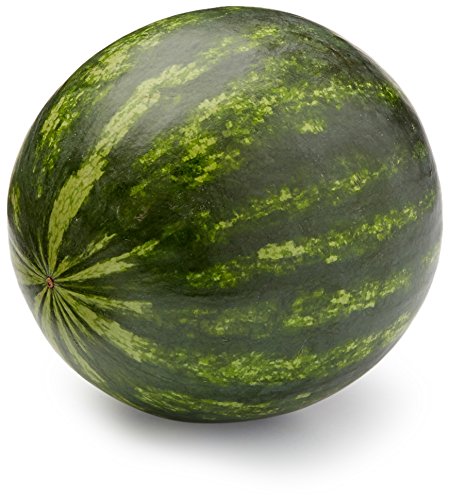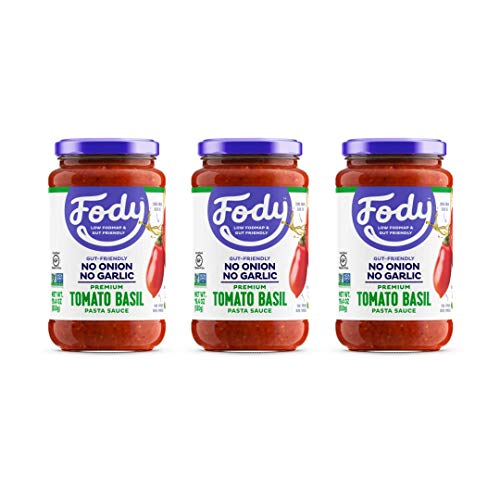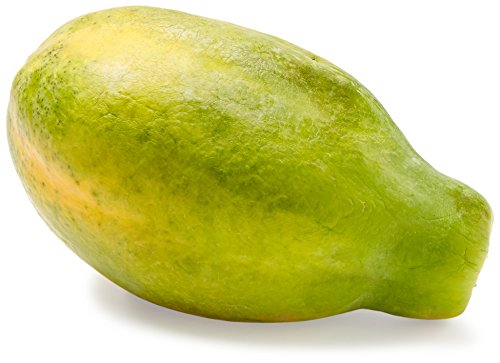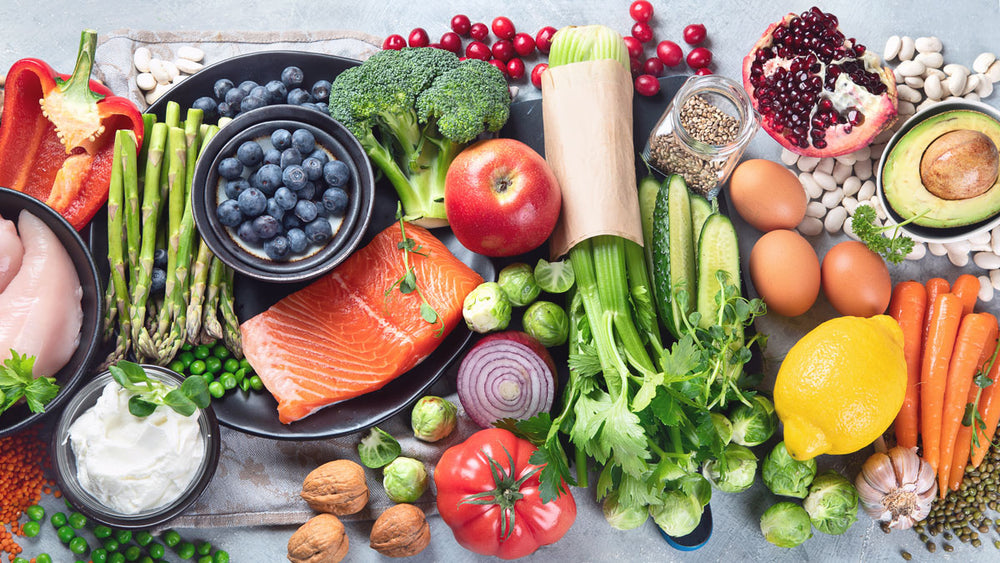Let’s Explore The Two Big Reasons Why
I’ve always been particularly fascinated by individual foods or food families that contain uniquely beneficial nutrients that are otherwise elusive.
And why wouldn’t I be?
If you don’t eat that specific food, you don’t get to that specific benefit – which makes for compelling content!
It just so happens that fruit, perhaps one of the most misunderstood food families relative to its health benefits, are often vehicles for these unique nutrients.
We don’t need to look further than my recent piece on flavonoids for cognitive health, where I identified the brain health benefits of flavanones (found only in citrus) and anthocyanins (found almost exclusively in berries).
Today, however, our attention turns to the unique benefits of watermelon – a truly quintessential summer fruit that packs more of a men’s health punch than I could have imagined before writing this piece.
These benefits stem from the fact that watermelon is one of the very few rich sources of two very interesting compounds:
- Lycopene
- L- Citrulline
Let’s find out why they matter.
Part I: Lycopene – Men’s Health Benefits
Lycopene is a member of the carotenoid family of antioxidants that are responsible for providing the yellow, orange, and red colors to many common foods.
The word carotenoid may sound familiar because the B-carotene found in carrots and sweet potatoes is from the same family of compounds – the main difference being that lycopene provides a reddish vs. orange hue and does not contribute any Vitamin A activity.
What lycopene may provide, however, is a unique benefit to prostate health.
A 2008 human trial published in the Journal Of Nutrition found that the equivalent lycopene intake of 2 cups of watermelon daily (2 cups of guava or ½ cup tomato sauce also qualify) over a 6-month period not only improved the symptoms of an enlarged prostate but stopped further enlargement, as compared to the control group who did not enjoy those benefits and experienced a 24% enlargement of the prostate gland.
A higher intake of lycopene rich-foods has long been observationally associated with a reduced risk of prostate cancer, which is the most common non-skin-related cancer in men.
Scientists are still unsure of the precise nature of the relationship between lycopene intake and prostate cancer, but it may have something to do with lycopene reducing the presence of certain metabolites (like pyruvate) that have been associated with an increase in prostate cancer risk.
It is also true that studies at the cellular level have demonstrated lycopene to have a notable capacity to stop the proliferation of existing prostate cancer cells.
The top five foods highest in lycopene, in order, are:
- Tomato and tomato-based products like sauce, ketchup
- Guava
- Watermelon
- Grapefruit
- Papaya
Given the otherwise robust quantity of nutrients found in these foods, it hardly seems harmful to encourage men to eat them more often.
Which is exactly what I’m doing here today.
This is an especially important message to spread because one of the key general findings around the benefits of lycopene intake is that prolonged exposure is generally the most beneficial, so don’t wait to start eating more of these foods.
But the story doesn’t end there.
It really does seem that lycopene has a “special” relationship with that region of the body, given that data published in a 2023 paper out of the Andrology journal suggested that men with the highest dietary lycopene intakes have the lowest risk of erectile dysfunction (ED).
Fascinating stuff, isn’t it?
The fun isn’t over yet, though; watermelon also happens to contain another compound with similarly intriguing benefits – L-Citrulline.
Let’s take a closer look at that next.
Part II: Emerging Evidence On L-Citrulline
L-Citrulline is the definition of an elusive nutrient because its food source/content is not well characterized, except in the case of watermelon – where it has been extensively measured, assumed to be the richest dietary source, and known to be found in high supply, particularly in the rind.
Considered a non-essential amino acid, L-Citrulline has generated a great deal of interest in the fitness community for its role in nitric oxide synthesis and subsequent positive effects on vasodilation (a fancy way to say improved blood flow).
Scientists are intrigued by this compound in part because growing evidence suggests it has potential positive knock-on effects for blood pressure lowering.
Given that men are more likely than women to have high blood pressure and that high blood pressure medications are frequently prescribed in the United States, tapping into a widely enjoyed and commonly available food like watermelon is certainly an appealing public health direction to take.
Now guess what else a man needs healthy blood flow for?
It’s no secret that high blood pressure is a big risk factor for ED, but we also have additional emerging evidence to suggest that men living with ED have lower circulating levels of L-Citrulline – which may play a contributing role to the evolution of the problem.
Finally, supplemental L-Citrulline has also been demonstrated in an experimental setting to help with some of the symptoms of ED in older men who suffer from it.
Pretty compelling stuff, right?
Final Thoughts
While the presence or absence of watermelon in your routine won’t make or break your long-term health, we absolutely have to acknowledge that watermelon is a truly unique food from the men’s health perspective.
Hopefully, today’s article has clearly helped you appreciate why and helped to foster a positive view of watermelon and the other fruits discussed in today’s post, especially given that fruit sometimes gets caught up in “anti-sugar” sentiment, which creates harmful uncertainty around its nutritional value.
Remember that it was only weeks ago that I wrote a piece for Foodguides.com detailing the true value of aiming for variety in one’s diet and its reasons like those that have been presented here today that yet again underlines why that is such a meaningful pursuit.
With that said, have a truly wonderful watermelon-fueled Summer!
- Schwarz, S., Obermüller-Jevic, U. C., Hellmis, E., Koch, W., Jacobi, G., & Biesalski, H. K. (2008). Lycopene inhibits disease progression in patients with benign prostate hyperplasia. The Journal of nutrition, 138(1), 49–53.
- Chen, P., Zhang, W., Wang, X., Zhao, K., Negi, D. S., Zhuo, L., Qi, M., Wang, X., & Zhang, X. (2015). Lycopene and Risk of Prostate Cancer: A Systematic Review and Meta-Analysis. Medicine, 94(33), e1260.
- Beynon, R. A., Richmond, R. C., Santos Ferreira, D. L., Ness, A. R., May, M., Smith, G. D., Vincent, E. E., Adams, C., Ala-Korpela, M., Würtz, P., Soidinsalo, S., Metcalfe, C., Donovan, J. L., Lane, A. J., Martin, R. M., ProtecT Study Group, & PRACTICAL consortium (2019). Investigating the effects of lycopene and green tea on the metabolome of men at risk of prostate cancer: The ProDiet randomised controlled trial. International journal of cancer, 144(8), 1918–1928.
- Mirahmadi, M., Azimi-Hashemi, S., Saburi, E., Kamali, H., Pishbin, M., & Hadizadeh, F. (2020). Potential inhibitory effect of lycopene on prostate cancer. Biomedicine & pharmacotherapy = Biomedecine & pharmacotherapie, 129, 110459.
- Moran, N. E., Thomas-Ahner, J. M., Wan, L., Zuniga, K. E., Erdman, J. W., & Clinton, S. K. (2022). Tomatoes, Lycopene, and Prostate Cancer: What Have We Learned from Experimental Models?. The Journal of nutrition, 152(6), 1381–1403.
- Gao, Y., Liu, C., Lu, X., Lu, K., Zhang, L., Mao, W., Pan, K., Liang, Z., Sun, C., & Chen, M. (2023). Lycopene intake and the risk of erectile dysfunction in US adults: NHANES 2001-2004. Andrology, 10.1111/andr.13439. Advance online publication.
- Rimando, A. M., & Perkins-Veazie, P. M. (2005). Determination of citrulline in watermelon rind. Journal of chromatography. A, 1078(1-2), 196–200.
- Figueroa, A., Wong, A., Jaime, S. J., & Gonzales, J. U. (2017). Influence of L-citrulline and watermelon supplementation on vascular function and exercise performance. Current opinion in clinical nutrition and metabolic care, 20(1), 92–98.
- Omri Wallach. (2021, November 3). Ranked: The most prescribed drugs in the U.S. Visual Capitalist.
- Barassi, A., Corsi Romanelli, M. M., Pezzilli, R., Damele, C. A., Vaccalluzzo, L., Goi, G., Papini, N., Colpi, G. M., Massaccesi, L., & Melzi d'Eril, G. V. (2017). Levels of l-arginine and l-citrulline in patients with erectile dysfunction of different etiology. Andrology, 5(2), 256–261.
- Cormio, L., De Siati, M., Lorusso, F., Selvaggio, O., Mirabella, L., Sanguedolce, F., & Carrieri, G. (2011). Oral L-citrulline supplementation improves erection hardness in men with mild erectile dysfunction. Urology, 77(1), 119–122.




















Comments
Join The Conversation...